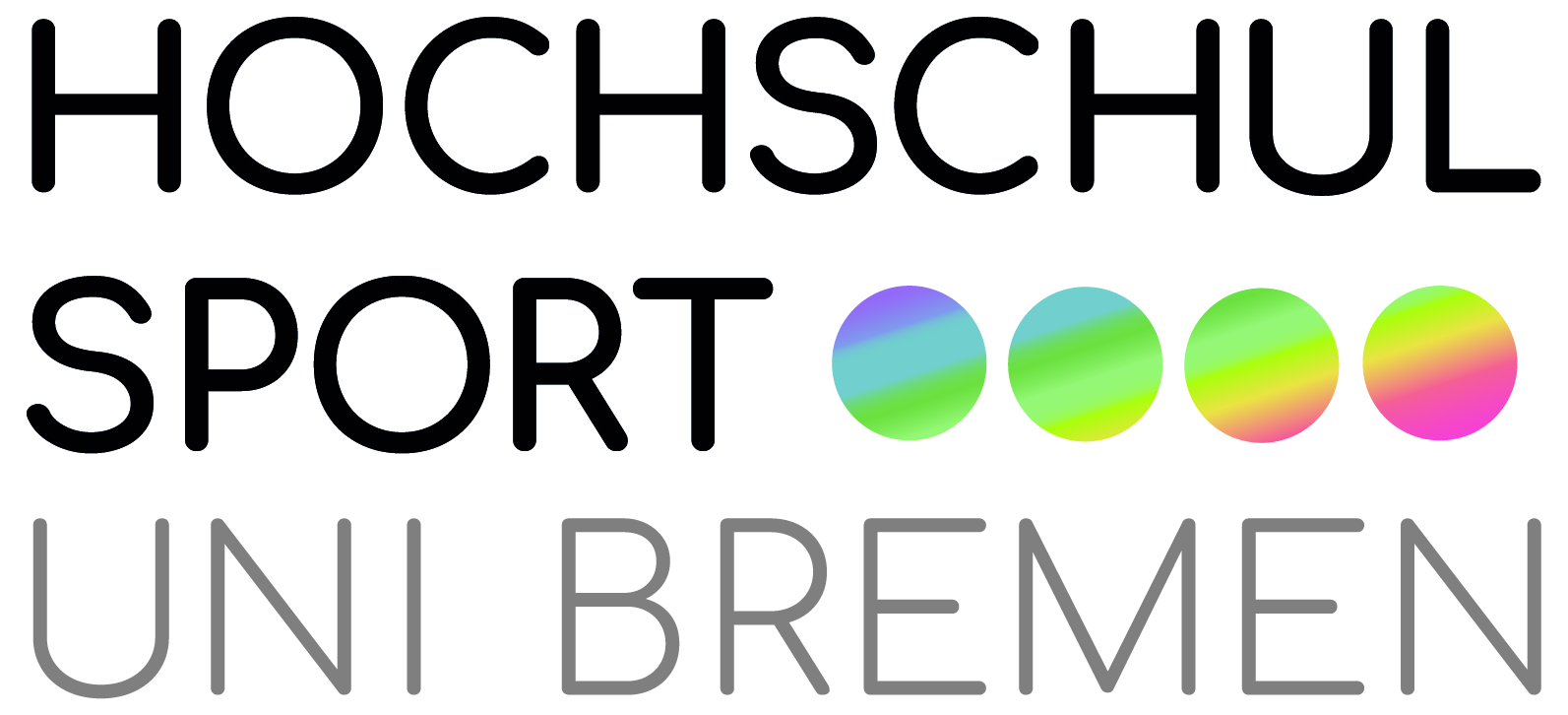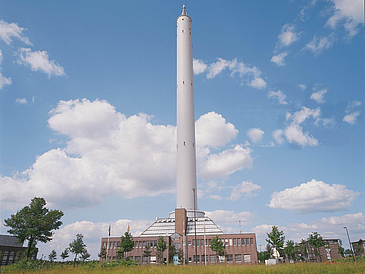On 2nd January 2011 a new experimental facility became operational on board the International Space Station (ISS). Its purpose is to investigate the capillary behavior of fluids under conditions of microgravity. To be more precise, the experiments are intended to shed light onto how capillary canals can help keep liquids free from bubble formation when they are transported in space. This is the start of a series of experiments lasting several months which will be controlled from the Center for Applied Space Technology and Microgravitation (ZARM) in Bremen.
The CCF project (Capillary Channel Flow) is an exemplary case of international cooperation in research: with the aid of astronauts on board the ISS, scientists at Portland State University (PSU) and the Center for Applied Space Technology and Microgravitation (ZARM) at the University of Bremen will carry out experiments on the dynamics of fluids. The sophisticated experimental apparatus was built by Astrium in Friedrichshafen and transported to the ISS on the 38th space shuttle mission (Flight STS 131 of the Discovery space shuttle) on 5th April 2010. The apparatus was then installed in the so-called Microgravity Science Glovebox (MSG) by the astronauts on board ISS. Once the installation and commissioning of the apparatus had been completed by coordinators at the NASA Marshall Space Flight Center (MSFC) in Huntsville, Alabama, control of the facility was handed over completely to the ZARM ground control station in Bremen for the duration of the series of experiments.
Research Objectives
The practical value of research findings lies in the handling of fluids in space, like fuel, for instance. In the tanks of satellites and space vehicles the fuel does not fall to the bottom of the tank – like it would on Earth – rather, the absence of gravity means that it is free to spread all around the tank and other components. This makes it necessary to have some sort of system to ensure that the fuel is directed to where it is needed. The aim of the current series of experiments is to shed light onto how fluids can be transported free of bubble formation with the aid of capillary canals. In particular, the results should reveal which flow velocities can be achieved before bubbles are formed and the flow is interrupted.
For many years, scientists have been working on how to concentrate fluid material into a certain place and transport it under conditions of microgravity, while at the same time preventing the formation of bubbles. The experimental unit was previously tested in the Bremen drop tower and during flights on ballistic missiles at heights of up to 270 kilometers. The experiments on board the ISS can now take place for much longer periods of time. This will enable variations over diverse parameters of fluid dynamics, like the canal length, for instance, and the volume of flow, alterations to volume flow and flow oscillation. In the course of the mission, large amounts of data have to be collected, processed and transmitted to Bremen, including pictures produced by high-speed cameras. The subsequent evaluation of these findings will be used to validate existing mathematical models of capillary flows and thus increase their reliability for optimizing fluid-mechanical engineering components.
The CCF project is funded by the Deutsche Zentrum für Luft- und Raumfahrt (DLR) and supported by NASA. The international team comprises Michael Dreyer, Aleksander Grah, Jörg Klatte and Peter Canfield from the Center for Applied Space Technology and Microgravitation (ZARM), and Mark Weislogel and Yongkang Chen from Portland State University (PSU).


